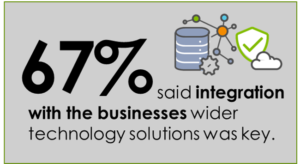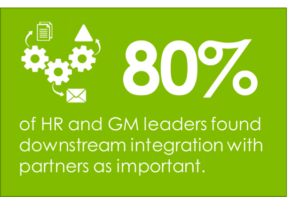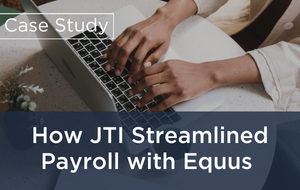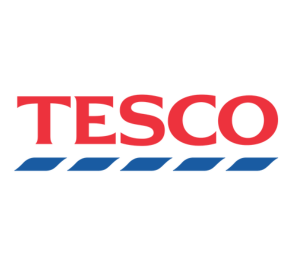Building a successful global mobility program isn’t just about supporting employees and employers with business travel and assignments. It also means bringing together any number of stakeholders that are needed to make assignments happen, from different functions within the business, including HR, finance or talent, to the network of suppliers and vendors that help enable the practical aspects of a move.
Integration between global mobility systems and those of relevant partners offers a way to create an ecosystem that can enable direct, efficient communication between mobile employees, the business and downstream vendors.

Unify Employee Data
Organizations using global mobility systems are well aware of just how useful integration can be. According to new research by Global Mobility Executive and Equus, 67 percent of those surveyed said they found integration between their global mobility technology and the company’s wider processes as a key advantage of GM systems. Integrating GM and other business functions gives organizations a single real time accurate picture of their assignments, providing valuable insight into the costs, processes and status of new and ongoing moves.
Human Resources Information Systems (HRIS) are considered one of most important systems for GM technology to be integrated with almost 50 percent of those surveyed rated integration between the two as either critical or important. By linking up GM and HRIS, organizations get a unified view of their employee data across the business, avoiding the problems of working with information that’s duplicated across several systems – or that’s inaccurate.
Beyond internal integration, you need a way to effectively manage downstream vendors. GME and Equus’ research found over 60 percent of respondents said they considered integration with these partners as either important or critical – more than for any other system. Not only is vendor integration useful for the overall business, it’s an incredibly useful tool for employees too, allowing them to manage essential elements of their assignment, such as tax, immigration and relocation services, in one place, making a move far less stressful.
There are likely to be even greater benefits gained from integration going forward, as organizations start linking their GM systems with more business functions to create additional value.
Integration with other departments was valued by a number of survey respondents: linking up with talent management and applicant tracking systems was considered critical or important by over 20 percent of organizations in both cases.
Recruitment Meets Mobility
One function that’s well placed for greater integration with GM in the future is recruitment.
Such integration could enable companies to make the onboarding process easier for new hires, by offering them a more user-friendly, self-service approach for joining the organization. Similarly, integrating recruitment and global mobility could provide an opportunity for companies to tap into a broader international talent pool, safe in the knowledge that the relevant requirements of both the company and the employee will be taken care of.
Recruitment teams could use GM systems to analyze the details of current roles similar to the ones they’re recruiting for. This could provide would-be hires with information about what to expect from their new job, such as duration and frequency of assignments, alongside the financial costs and incentives of their travel.

GM systems and recruitment could also be combined to provide insights into why certain assignments, or particularly candidates on those assignments, succeeded or struggled. This information could be fed back to both GM and recruitment to better craft the assignment or find the most suitable candidate. According to research, 70 percent of businesses said they believed integration with HR and recruitment systems was important for a GM system.
Integrating with both internal business functions and external suppliers is key to the success of global mobility programs. And it’ll only happen by nurturing an ecosystem that facilitates communication between these stakeholders and the mobile employees on assignment.
For more on the value of global mobility integration, download the full GME and Equus research report, ‘Welcome to the Future of Global Mobility: The Digital Journey’, here.













